- Breakage Although the Bac Khe 1 hydroelectric dam (Tan Tien commune) did not cause much damage during the recent storm, this incident shows that the issue of ensuring the safety of hydroelectric projects in the province cannot be neglected.
With many rivers with high slopes, Lang Son is a province with great potential for exploiting and developing hydroelectric projects. Currently, there are 7 hydroelectric plants in the province that have been completed and put into commercial operation. These hydroelectric projects have a total reservoir capacity of over 5,700m3, with a total generating capacity of nearly 55MW.
Be careful
Of the 7 hydroelectric plants operating in Lang Son province, 6 have been in use for over 5 years, and some have been in use for decades.
Ban Quyen Hydropower Plant (in Van Quan Commune) has been put into operation since October 2013. This is a hydropower project combined with irrigation on the basis of a concrete gravity dam built in 1960. When implementing the project, only the existing power generation part was renovated. Or Cam Son Hydropower Plant (in Tan Thanh Commune) has been put into use since March 2006. This is a hydropower project combined with irrigation on the basis of a homogeneous earth dam. The project was built in the 1970s under the Cau Son irrigation system at the same time as Cam Son Lake was built.
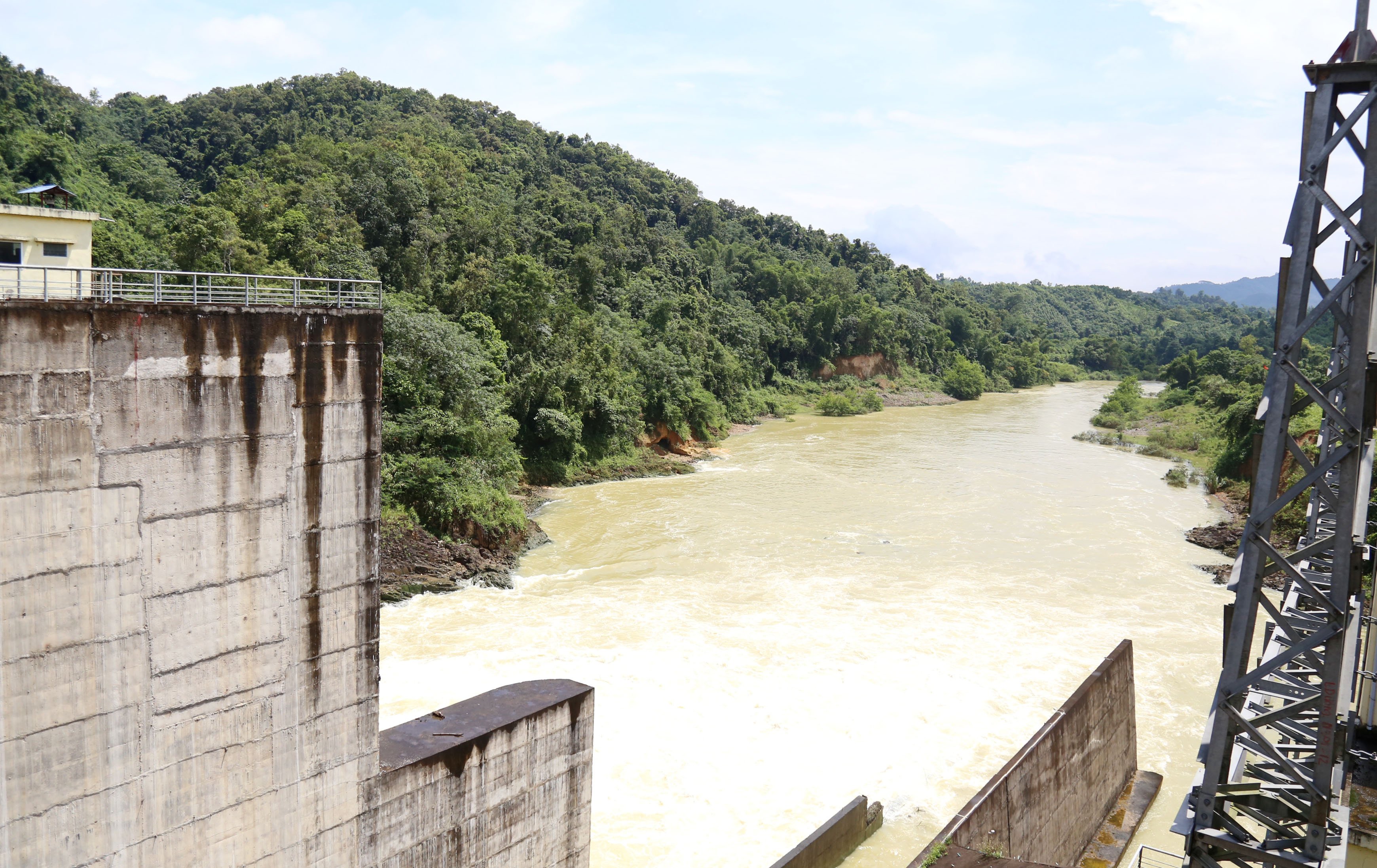
Hydroelectric projects that have been put into operation for many years have been affected by nature. If these projects are not regularly inspected for structure, periodically maintained and modernized according to new standards, they will be at risk of seepage, damage to the dam body, spillway and related components. When the rain lasts for a long time and the flow rate fluctuates, these weaknesses can lead to seepage, dam cracks, and even dam failures when heavy rain lasts for a long time.
Take proactive measures to ensure safety
According to the report of Khanh Khe Hydropower Joint Stock Company, Khanh Khe Hydropower Plant was put into operation at the end of 2020. The capacity of the reservoir on the Ky Cung River is more than 5.5 million m3. Over the years, the reservoir operation process has always been carried out according to the process approved by the state management agency in the field.
Mr. Dinh Van Lam, Director of Khanh Khe Hydropower Plant, shared that in order to minimize the risks of the rainy season, every year, before the rainy season, the plant always checks and reviews the current status of the hydropower dam and reservoir. Before May every year, the plant conducts a general check of the current status of the dam to see if there is water seepage on the downstream concrete surface or if there is a landslide on the dam shoulder; and checks the current status of the reservoir to see if there is a landslide on the reservoir bank or if there is sedimentation on the reservoir bed. Regular checks before the rainy season are aimed at detecting and promptly handling situations that cause unsafe reservoirs and hydropower dams, thereby ensuring the safety of hydropower projects when floods occur.
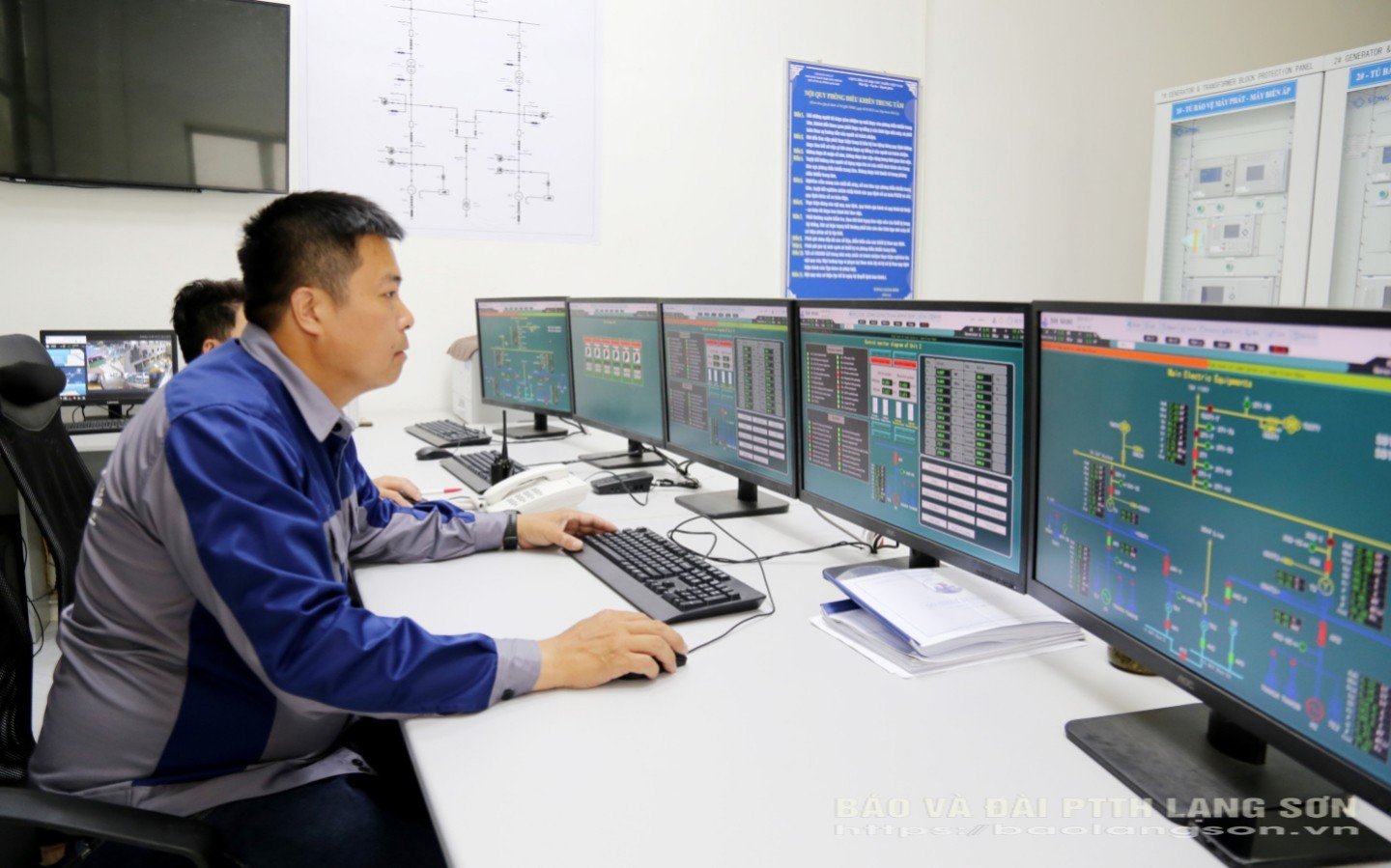
Similarly, Ban Nhung Hydropower Plant (Ky Cung 6) also always conducts inspections of the status of reservoirs and hydroelectric dams before and after the rainy season every year to promptly detect damage to the hydroelectric dam and reservoir.
Mr. Tran Duc Hai, Director of Ban Nhung Hydropower Plant, said that during storms, the plant always checks and maintains the discharge gate lifting equipment before, during and after floods. Regular inspections help ensure absolute safety for the reservoir system and hydropower dam when a large amount of rainwater suddenly flows into the reservoir.
Reports from the Department of Industry and Trade during inspections of hydropower plants operating in the province show that in addition to regularly checking and evaluating the current status of dams and reservoirs, the enterprises that are investors of hydropower plants have invested in and installed automatic reservoir monitoring systems such as: installing rain gauge stations on the reservoir basin; equipment to monitor upstream reservoir water levels; equipment to monitor discharge flow through spillways; equipment to monitor discharge flow to maintain minimum flow; equipment to monitor discharge flow through the plant; equipment to monitor downstream water levels;... These devices help hydropower plants always monitor and calculate the water flow to the reservoir, on that basis, they will discharge floodwater (for hydropower projects with spillway design) to regulate the reservoir accordingly, ensuring safe operation of reservoirs and hydropower dams during periods of prolonged heavy rain. As for hydroelectric projects that do not have spillway gates designed (when the water level is high, it will automatically flow through the spillway), through data analysis from monitoring equipment, the hydroelectric plant operator will proactively develop solutions to ensure the safety of the hydroelectric dam.
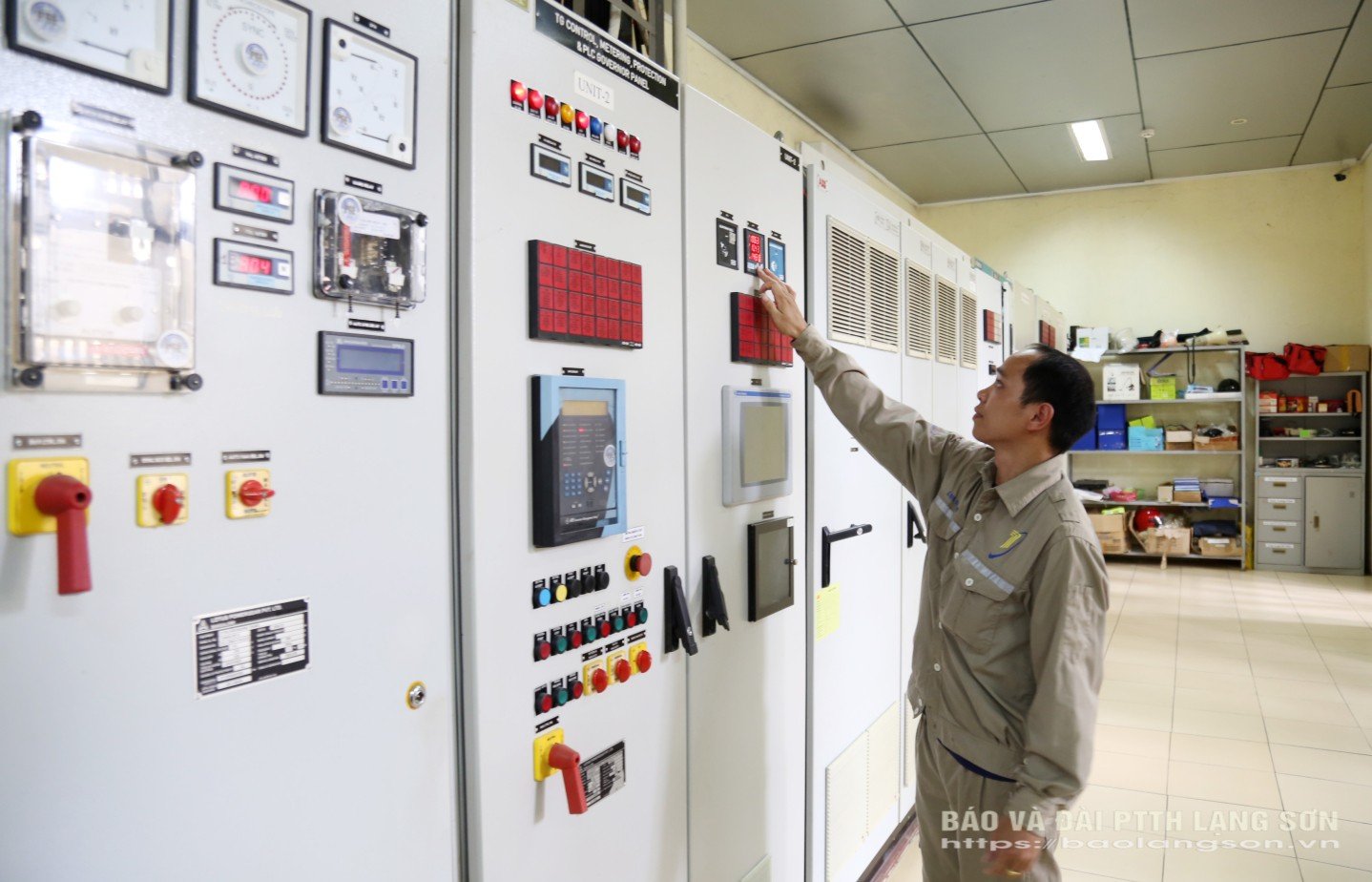
Hydropower projects in Lang Son province, in addition to generating electricity, also have the task of cutting and preventing floods for downstream areas during the rainy and stormy season. Therefore, the operation and safety of reservoirs and hydropower dams during the rainy and flood season of hydropower plants are especially important.
Mr. Dinh Ky Giang, Deputy Director of the Department of Industry and Trade, said that every year, implementing the direction of the Provincial People's Committee, the Department of Industry and Trade regularly coordinates with relevant agencies to inspect the construction of flood prevention plans for the downstream areas of hydroelectric dams of hydroelectric plants. In addition to regular inspections, the Department of Industry and Trade also conducts surprise inspections of compliance with legal regulations during the operation of hydroelectric plants to promptly detect violations that may affect the safety of hydroelectric works.
In fact, from the time the first hydropower plant came into operation (2006) until the end of September 2025, all hydropower plants in the province when put into operation have not had any safety incidents affecting the downstream areas of the hydropower dams.
The Bac Khe 1 hydropower dam shoulder failure incident is an unfortunate incident. In order to prevent such incidents from happening, the Department of Industry and Trade has recently coordinated with relevant agencies to inspect the safety work of the remaining hydropower plants. The Department of Industry and Trade has requested hydropower plants to strengthen the overall inspection of the reservoir system and hydropower dams to ensure safety during operation.
According to the National Center for Hydro-Meteorological Forecasting, from now until the end of November 2025, it is expected that there will be 2-3 storms. To ensure that all hydropower projects operate safely and sustainably, the state management agency in the field, as well as hydropower plants in the province, have been carefully reviewing disaster response plans, proactively anticipating situations that may cause unsafety to hydropower projects .
Source: https://baolangson.vn/dam-bao-an-toan-cac-cong-trinh-thuy-dien-khong-the-lo-la-5062003.html



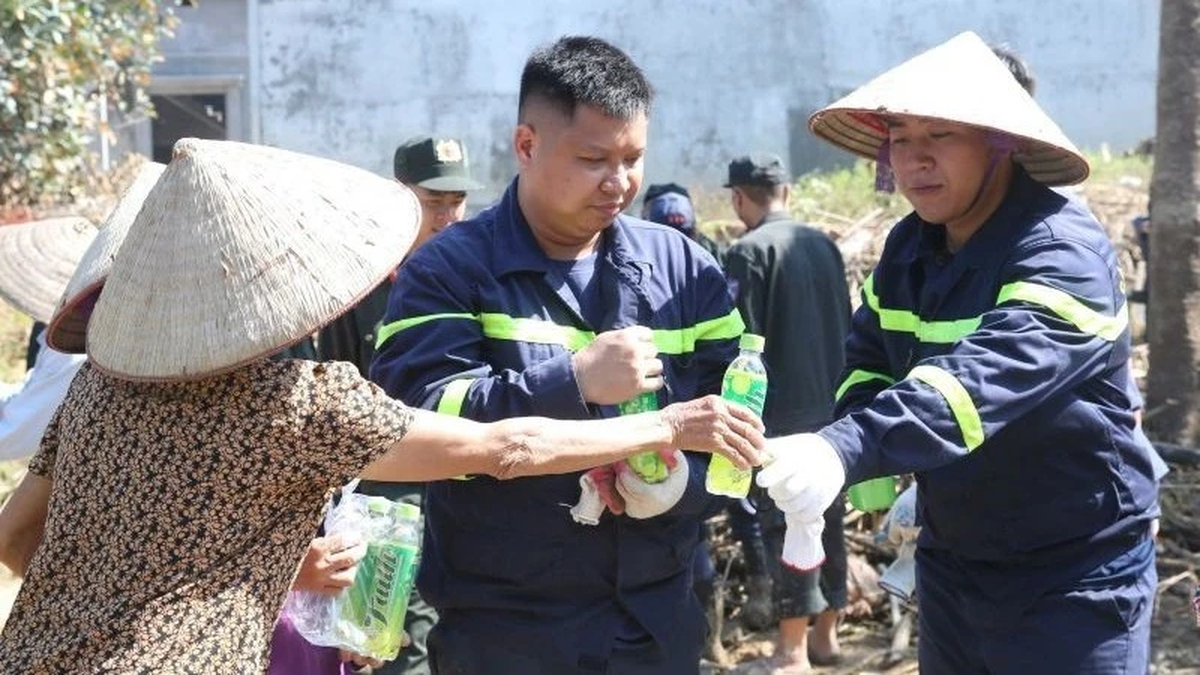
![[Photo] General Secretary To Lam attends the 95th Anniversary of the Party Central Office's Traditional Day](https://vphoto.vietnam.vn/thumb/1200x675/vietnam/resource/IMAGE/2025/10/18/1760784671836_a1-bnd-4476-1940-jpg.webp)

![[Photo] Collecting waste, sowing green seeds](https://vphoto.vietnam.vn/thumb/1200x675/vietnam/resource/IMAGE/2025/10/18/1760786475497_ndo_br_1-jpg.webp)
![[Photo] Closing ceremony of the 18th Congress of Hanoi Party Committee](https://vphoto.vietnam.vn/thumb/1200x675/vietnam/resource/IMAGE/2025/10/17/1760704850107_ndo_br_1-jpg.webp)
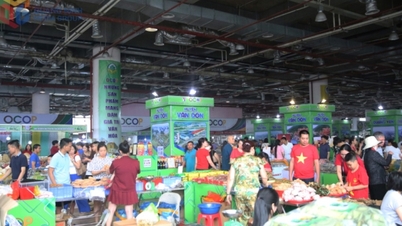



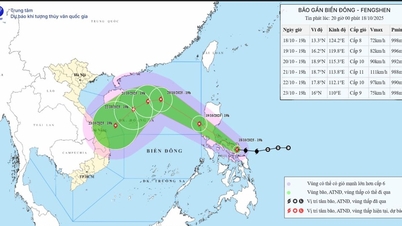





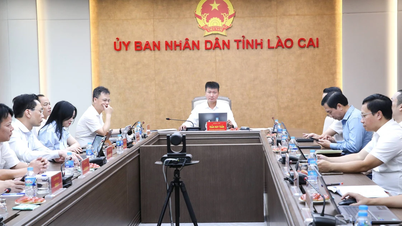








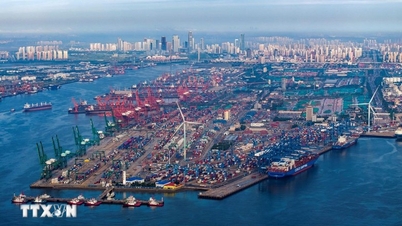
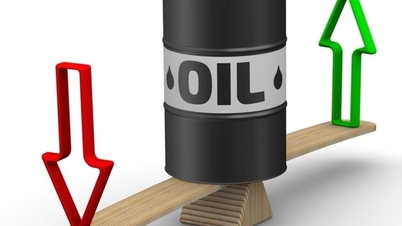






































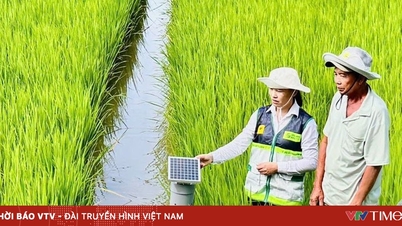

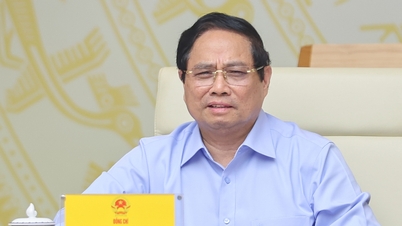


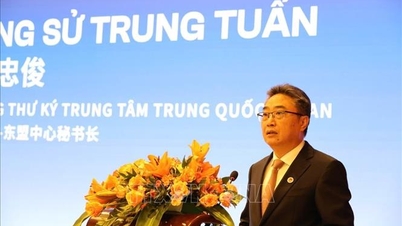









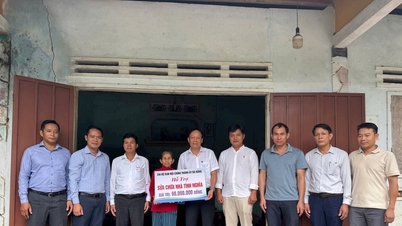

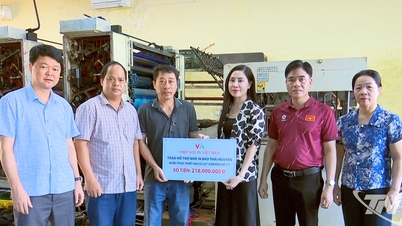














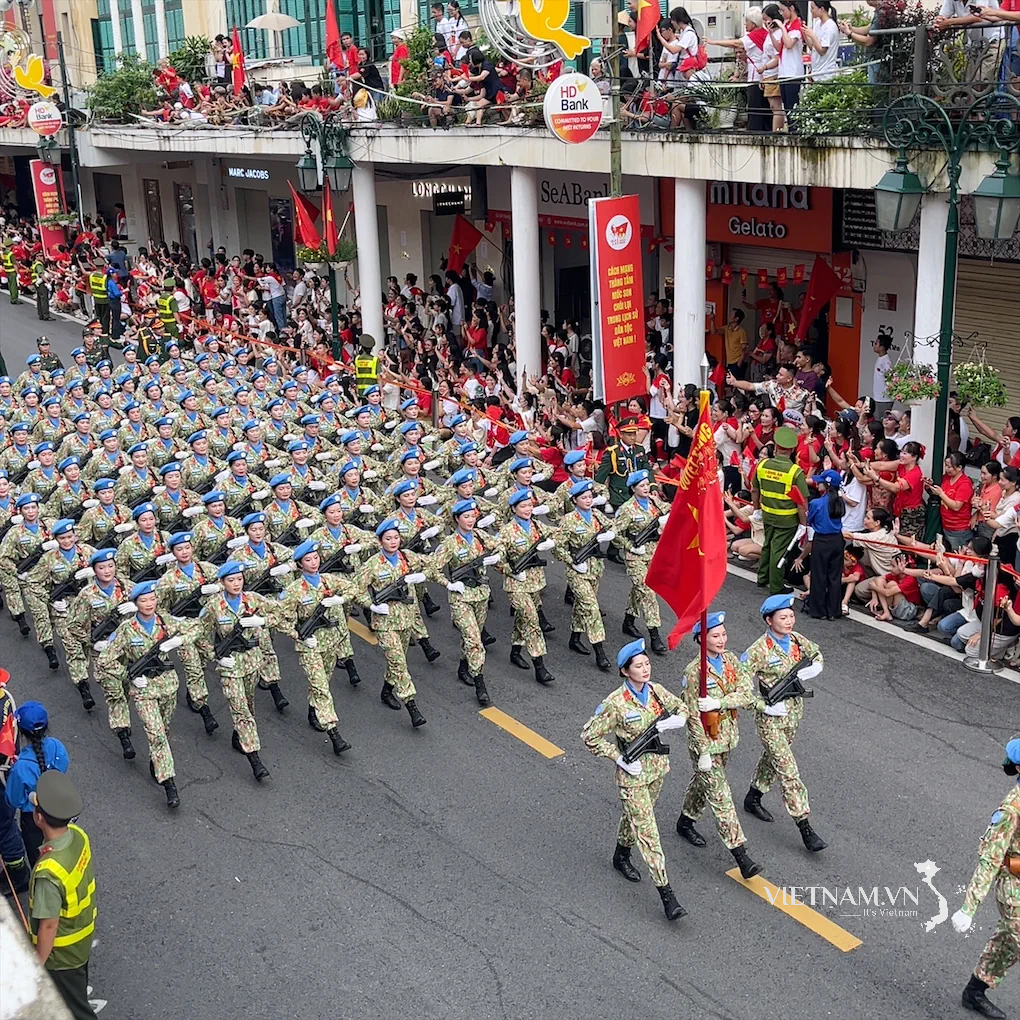



Comment (0)